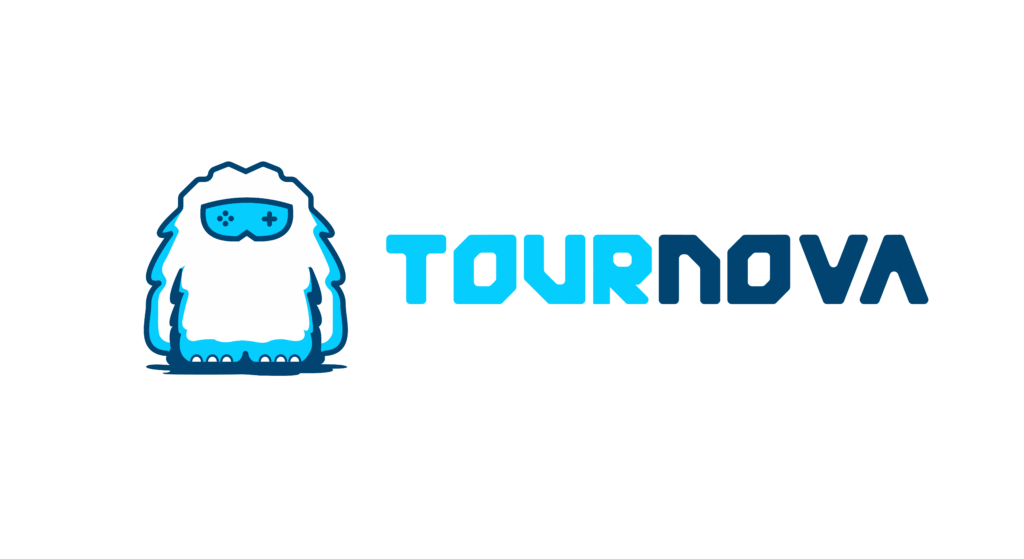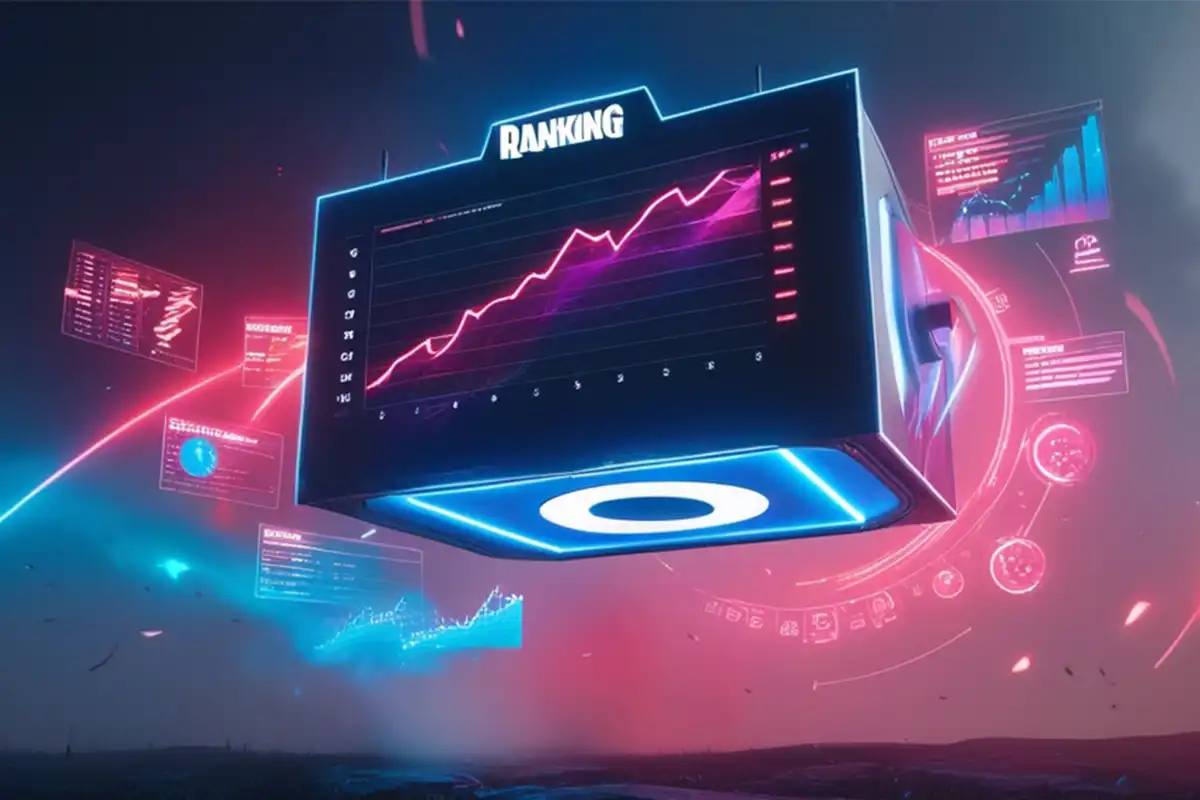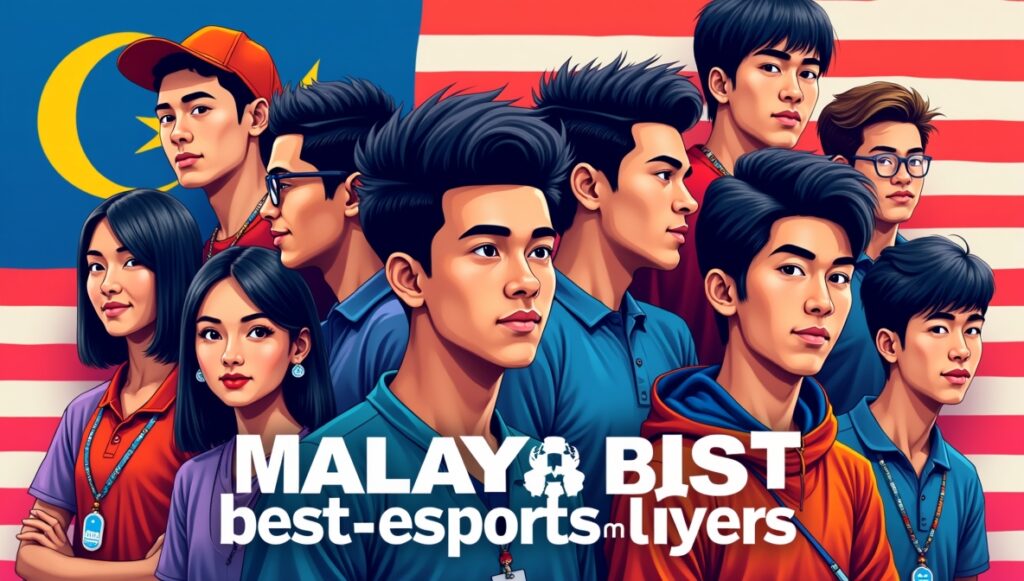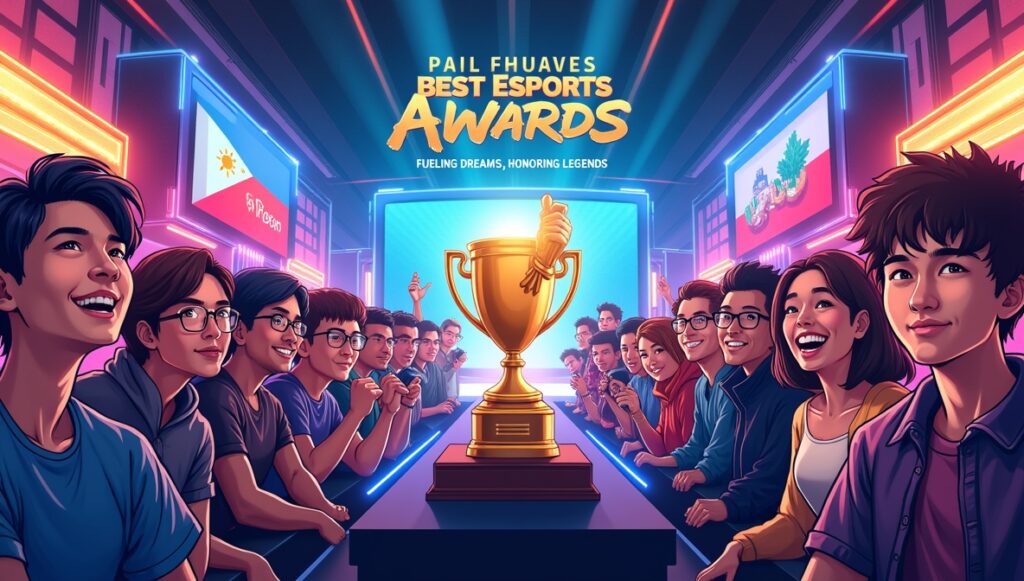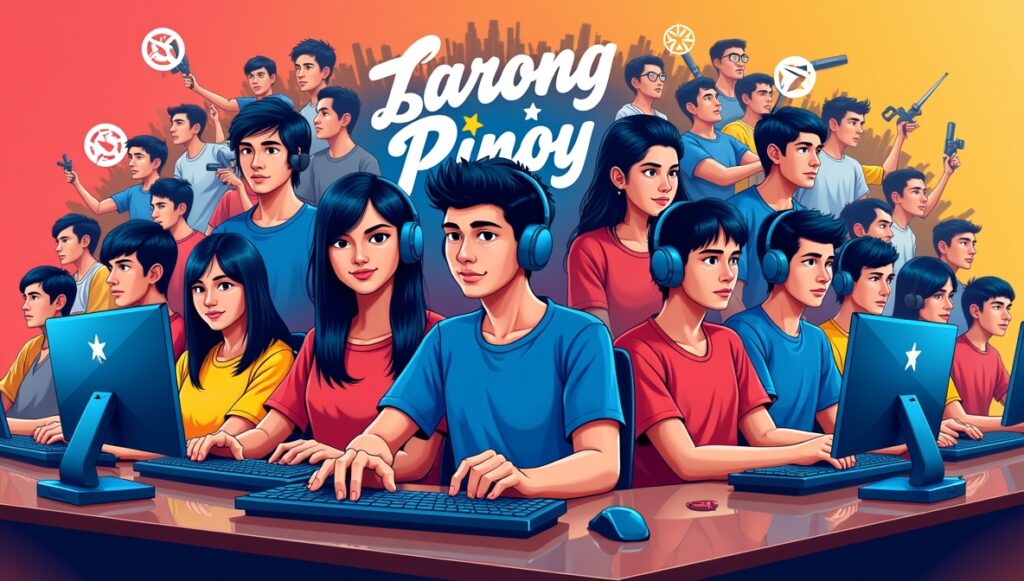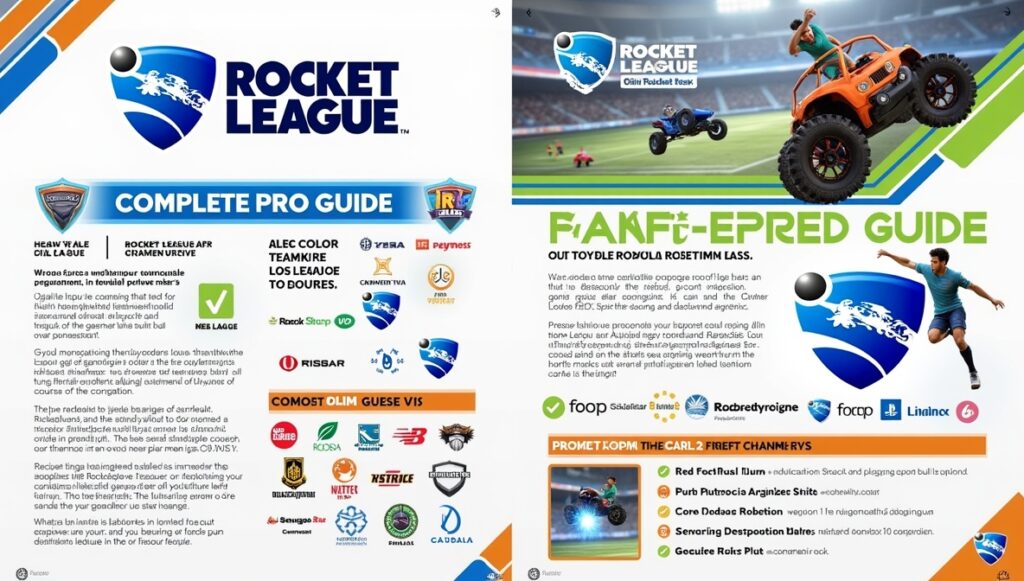For anyone diving into the rich, competitive world of Dota 2, one of the most daunting challenges is mastering the drafting phase. Imagine you’re sitting there, watching veteran players seamlessly pick and ban heroes, making it look as though they foresee every move the opponent will make. It can feel overwhelming. Why does it seem so complex? Because it is the foundation upon which every victorious match is built.
Every choice in the Dota 2 drafting echoes across the battlefield, determining the flow of the game before it’s even begun. Don’t worry, though—we’re here to break it down for you in our Dota 2 drafting guide, unraveling the nuances of the drafting phase in a way that welcomes both newcomers and seasoned players. Let’s explore together how you can harness this phase for success, guiding you step-by-step.
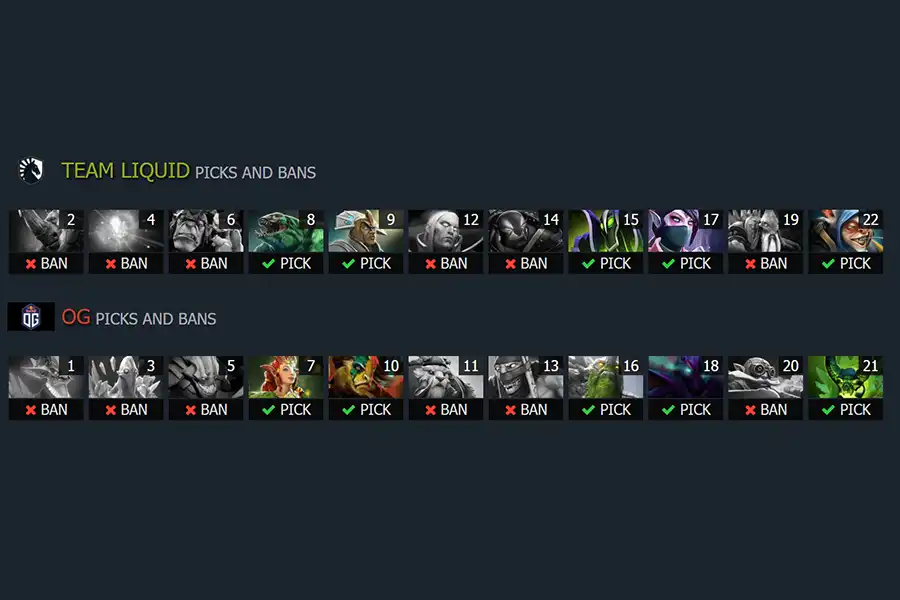
What is the Drafting Phase in Dota 2?
The drafting phase in Dota 2 is a critical part of the game where teams select their heroes and ban those of their adversaries in competitive play. Picture it like a game of chess where you’re picking your pieces based on strategy, foresight, and unpredictability. Normally, this phase takes place before the battle, and it sets the stage for everything that follows.
Unlike other aspects of Dota 2, where tactics can be adjusted on the fly, the draft demands keen judgment and foresight. What distinguishes a great team from a good one often comes down to how effectively they navigate this minefield of choices. While there’s plenty of generic advice out there, we’re focusing on how to use this phase to gain a tangible advantage.
Understanding the Importance of the Drafting Phase
The drafting phase is not just about choosing favorite heroes; it’s about weaving a tapestry of synergy and counterplay that can propel your team to victory. Think of each hero as a puzzle piece. Alone, they might not complete the picture, but together, they create a masterpiece. This phase sets the tone, dictates the pace, and can even decide the outcome of the match before it’s begun.
Consider the power of synergy—what if your choice complements your teammates perfectly, creating organic combinations that overpower the enemy? Or the art of disruption, where a well-timed ban dismantles the opponent’s strategy, forcing them into an unexpected corner. It’s not merely theoretical; it’s practical, as your draft shapes strategy beyond statistics, leading to substantial in-game advantages.
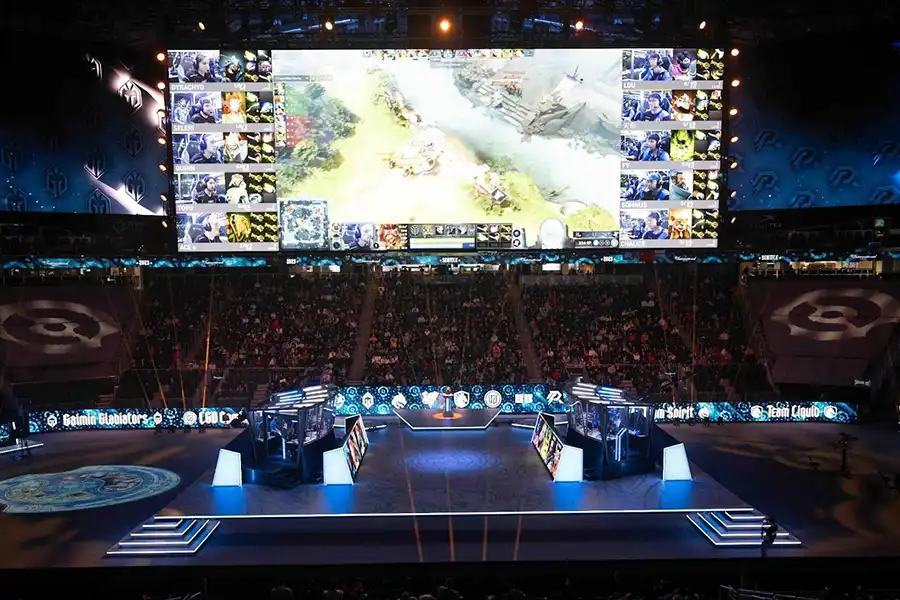
Dota 2 Roles and Their Impact on Drafting
In the Dota 2 drafting guide, the strategic distribution of roles such as Carry, Offlaner, Midlaner, and Support is critical not just in execution but from the moment the draft begins. Each role carries its own weight and specific contributions to the team’s overall strategy, influencing how a game unfolds. The Carry, known for dealing the bulk of damage in the late game, needs heroes that can endure until they reach maximum potential. Thus, the draft should consider early-game heroes that can protect and support the Carry through this vulnerable phase.
The Offlaner, often tasked with disrupting the enemy safe lane and creating space, benefits from durable heroes capable of soaking damage and initiating fights. Picking the right Offlaner during the draft can set the tone for aggressive plays, putting pressure on the enemy early on. For Midlaners, often the linchpin for mid-game dominance, selecting heroes with strong laning capabilities or influential presence in mid-game skirmishes can tip the scales. Avoiding direct counters and understanding the needs of the Midlane can empower a team’s momentum.
Impact of Drafting on Match Outcomes
| Drafting Strategy | Win Rate (%) | Description |
| Balanced Pick Composition | 60% | Ensures synergy across roles (Carry, Mid, Support) |
| Early Game Pressure Picks | 55% | Heroes that dominate the laning phase |
| Counter-Pick Strategy | 65% | Targeting key enemy heroes to reduce opponent capability |
| Comfort Picks | 52% | Players select their most familiar heroes |
Supports, the backbone of any effective team composition, must focus on utility and map control. Ensuring the draft includes support heroes that provide crowd control, vision, and sustainability is vital. A draft balanced across these roles ensures that each player can execute their part effectively, complementing each other’s strengths and covering potential weaknesses. Ultimately, understanding these roles within the drafting phase is akin to assembling an all-star sports team: each member has a specialized role, and harmony among them is the path to success.
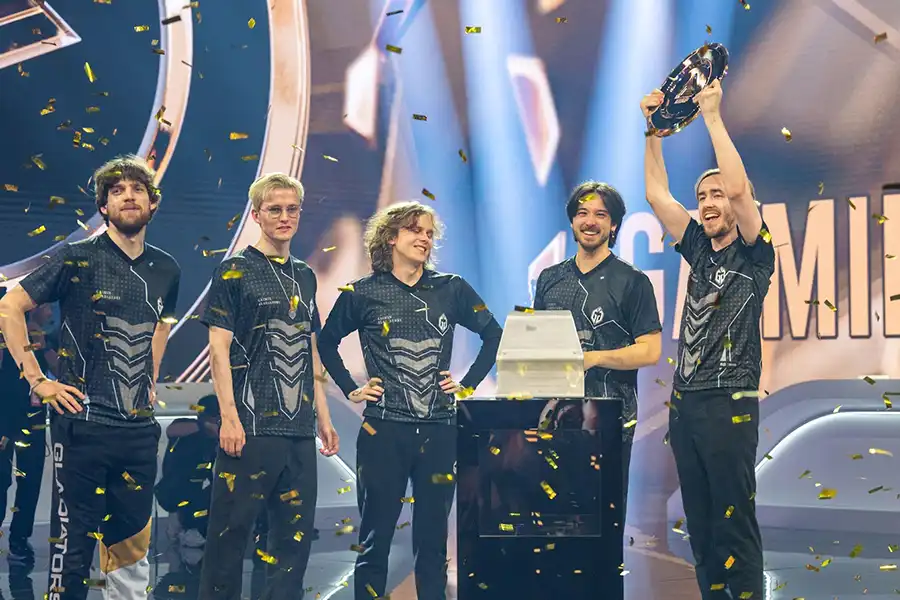
How to Ban Heroes Effectively in Dota 2
Banning heroes is an art form that requires intuition and knowledge of the current meta; if we want to present a reliable Dota 2 drafting guide. A strategic ban can disarm an opponent who relies on certain heroes, effectively throwing a wrench into their entire game plan. An effective ban hinges on understanding your enemy’s strengths and current game trends. It’s similar to removing the queen from a chessboard; sometimes, all you need to do is remove that one piece to tilt the balance in your favor. Analyze opponents’ history or favored picks, and adjust your bans accordingly, offering you an upper hand even before the match starts.
Hero Pick and Ban Rates in Professional Dota 2
| Year | Most Banned Hero | Ban Percentage (%) | Most Picked Hero | Pick Percentage (%) |
| 2020 | Phantom Lancer | 35% | Elder Titan | 22% |
| 2021 | Morphling | 40% | Puck | 28% |
| 2022 | Tiny | 42% | Terrorblade | 30% |
| 2023 | Doom | 45% | Dark Seer | 25% |
The Drafting Phase: Picking for Synergy and Counterpicks
When it comes to choosing heroes, the challenge lies in balancing synergy on your team with counterpicks against the adversary. This balance transforms a collection of heroes into a well-oiled machine. Imagine forming a band; it’s not just about having talented musicians, but ensuring they play harmoniously together. Support heroes that not only bolster team strength but can also thwart the enemy’s lineup. It’s akin to possessing the perfect counterattack, blunting their aggression while reinforcing your strategy.
Read More: Dota 2 Beginners Guide 2024
Understanding Captains Mode vs. All Pick
Captains Mode and All Pick each present distinct challenges and strategic opportunities in Dota 2. Captains Mode, the format of choice in professional esports, emphasizes teamwork and strategy from the outset. Here, one player assumes the role of captain, tasked with making all draft decisions, including both picks and bans. This concentrated responsibility demands a player with deep game understanding and the foresight to craft a cohesive team while disrupting the opposition’s strategy. The captain must balance the strengths of their team with potential threats, often predicting the enemy’s intentions to either counter or avoid certain synergies.
On the flip side, All Pick makes the draft more personal, where each player selects independently, often leading to a focus on personal skill and comfort heroes. In All Pick, the timing of selections is crucial—disclosing your pick too early might lead to counter strategies while holding back might limit the available hero pool. Mastering both modes requires adaptability while we talk about the Dota 2 drafting guide: in Captains Mode, fostering synergy and executing a unified strategy takes precedence, while in All Pick, versatility and individual prowess often become more prominent.
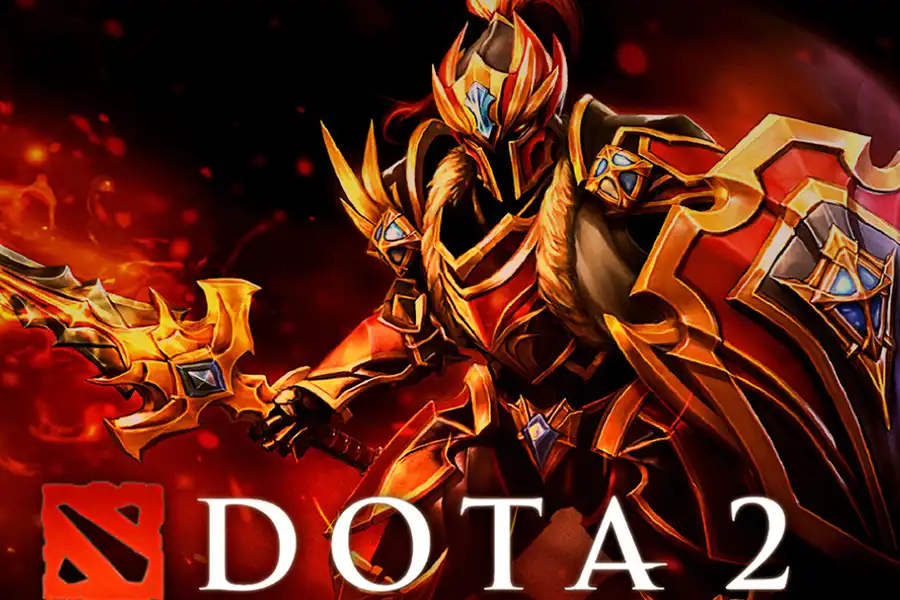
Advanced Drafting Tips for Pro Players
Once players reach a professional level, nuanced drafting tips become invaluable for maintaining a competitive edge. Techniques like baiting picks require an understanding of not just hero matchups, but also the tendencies and preferences of the opposing team.
- Nuanced Drafting Techniques:
- Essential for maintaining a competitive edge at the professional level.
- Techniques like baiting picks require understanding hero matchups and the opposing team’s tendencies.
- Baiting Picks:
- Teams may feign interest in a strategy or hero to lure opponents into countering prematurely.
- This tactic can leave powerful picks open for selection.
- Wildcard Heroes:
- Keeping a wildcard hero for the last pick can drastically change draft dynamics.
- Wildcard heroes can adapt to various situations, fitting multiple roles or responding to specific threats.
- This approach adds flexibility and forces opponents to second-guess their strategy.
- Reading Opponent’s Drafting Habits:
- Similar to playing poker, it involves recognizing patterns or tells that indicate the opponent’s next move.
- Insights from past games about preferred heroes or play styles can inform strategic counters or bans.
- Psychological Strategy in Drafting:
- Approach the draft as a mental chess match, outthinking and outmaneuvering the adversary.
- Combine this mindset with in-depth game knowledge and awareness of team dynamics.
- The Importance of the Drafting Phase:
- Transform the drafting phase from mere hero selection to a sophisticated game of tactics and skill.
- Set the stage for Dota 2’s intricate dance of strategy and gameplay.
Read More: How Much Can You Make in Dota 2
Mistakes to Avoid During the Drafting Phase
Even seasoned players fall into traps during drafting, and that’s why reading a Dota 2 drafting guide is important. Poor hero synergy, over-prioritizing comfort picks, and overlooking key bans can derail even the best-laid plans. Avoid drafting with tunnel vision; instead, keep an open mind and once again, emphasize team synergy over individual prowess. Learning from mistakes is essential, and steering clear of these pitfalls can define the difference between an ordinary and a standout team.
One of the most frequent errors during drafting is poor hero synergy. Imagine each hero as a musical instrument in an orchestra. Individually, they might sound great, but without harmony, the performance can become chaotic. Ensuring your picks work well together is crucial, as a disjointed team can struggle to execute strategies effectively. For example, pairing heroes with complementary abilities can create powerful combos that control the battlefield.
Common Mistakes in the Drafting Phase
| Mistake | Description | Frequency (%) |
| Poor Hero Synergy | Heroes selected without consideration of team composition | 45% |
| Over-Prioritizing Comfort Picks | Focusing too much on familiar heroes rather than strategic advantage | 37% |
| Missed Key Bans | Failing to ban critical meta-heroes | 50% |
| Tunnel Vision | Ignoring the overall strategy for specific picks | 35% |
Another common mistake is over-prioritizing comfort heroes. We’ve all been there—gravitating towards familiar picks that we’re confident playing. While comfort is important, it’s essential to remain adaptable. Relying too heavily on the same heroes can make your strategy predictable and easier for opponents to counter. Diversifying your hero pool and being willing to step outside of your comfort zone can introduce new dynamics to your draft, surprising your competition and potentially giving you an edge.
Missing key bans is yet another misstep that can have dire consequences. Effective banning isn’t just about eliminating strong meta heroes; it’s also about dismantling the opponent’s potential strategies. Failing to ban a pivotal hero can allow the enemy team to execute powerful combinations that might overwhelm you. Being aware of both the meta and your opponents’ preferred heroes can make your bans more strategic, diminishing their strengths and bolstering your team’s chances of success.
The Tournova Services
As players seek to refine their drafting skills in Dota 2, innovations like the Tournova platform offer unique opportunities for engagement and improvement. Tournova provides a seamless environment for players to participate in various tournaments, utilizing a token economy that rewards participation and skill. With its user-friendly design on platforms like Telegram and Discord, Tournova allows gamers to focus on honing their strategies in competitive settings. In addition, the integration of advanced tools for tournament management—such as real-time player matching and bracket management—ensures that participants can concentrate on their gameplay. This continuous involvement in competitive tournaments not only enhances individual skills but also empowers players to better understand the complexities of the drafting phase in Dota 2.
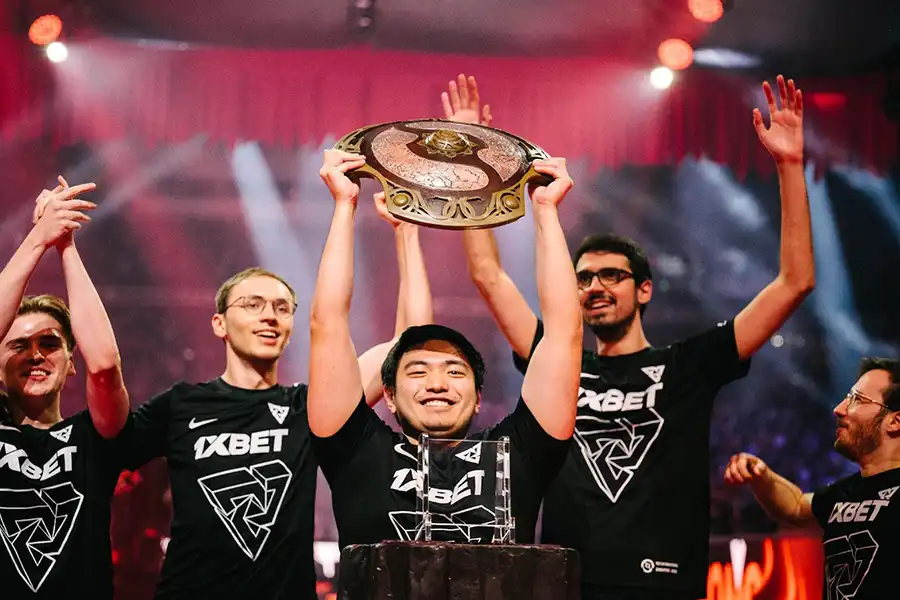
Conclusion
In conclusion, mastering the Dota 2 drafting guide is essential for achieving esports success, requiring a blend of strategy, intuition, and teamwork. By understanding the importance of hero selection, synergy, and the dynamics of both Captains Mode and All Pick, players can set themselves up for victory. As the competitive landscape evolves, platforms like Tournova help foster a robust community where gamers can refine their skills through consistent practice in tournaments. By engaging with such platforms, players can continuously improve their understanding of drafting and enhance their performance in the ever-evolving world of Dota 2 esports.
FAQ
What is the role of a Captain in Captains Mode during drafting?
The Captain in Captains Mode acts as the strategic leader, responsible for selecting all picks and bans for the team. This role requires an in-depth understanding of both team dynamics and opponent strategies to craft a coherent team lineup that can adapt to in-game challenges.
How do meta-changes influence the drafting phase?
Meta changes, driven by game updates and patches, influence which heroes are considered strong or weak at any given time. Staying current with meta shifts can provide insights into the best heroes to pick or ban, leveraging the most effective strategies prevalent among professional players.
How can new players improve their drafting skills?
New players should focus on learning the strengths and weaknesses of various heroes, understanding role synergy, and watching professional matches to study drafting techniques. Practicing in different modes and reviewing drafts post-game to evaluate what worked or didn’t can greatly enhance their drafting capabilities.
